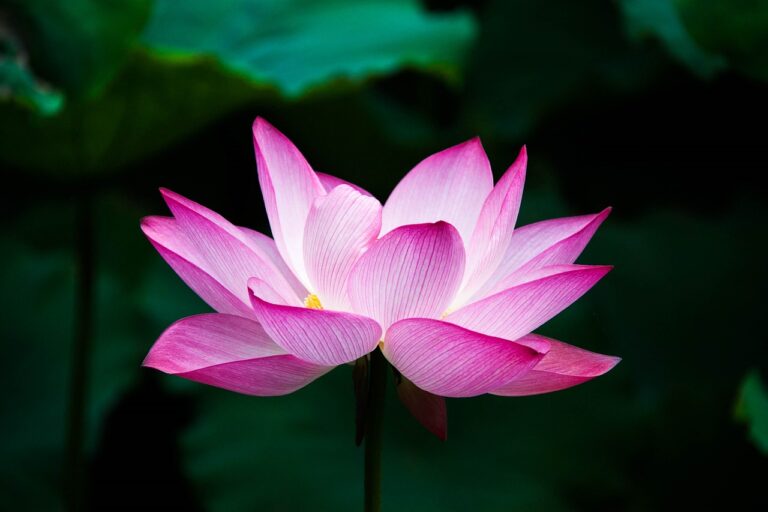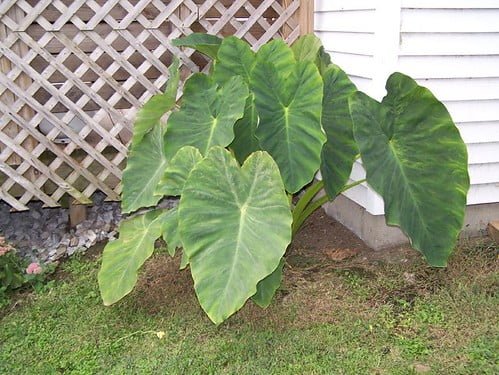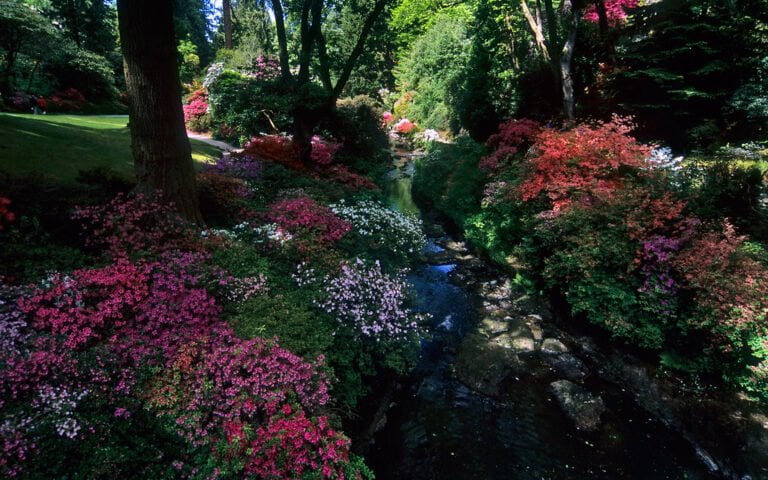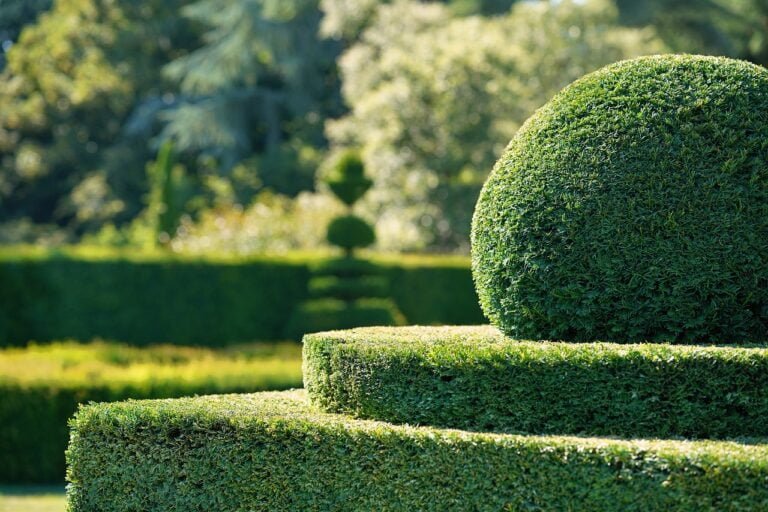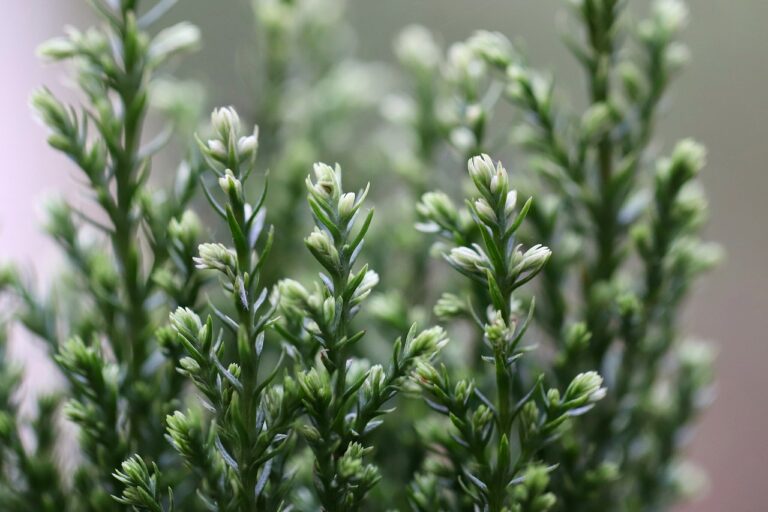Exploring the Beauty of Large Trees With Heart-Shaped Leaves
In the world of botanical wonders, large trees boasting heart-shaped leaves mesmerize with their exquisite beauty. Species like the Redbud and Catalpa trees showcase a vibrant array of colors and patterns, while the Quaking Aspen and American Yellowwood enchant with their unique foliage. These majestic trees not only provide shade and allure to landscapes but also attract pollinators with their fragrant flowers. The diverse beauty of heart-leaf trees is a proof of nature’s artistry, waiting to be investigated further to uncover even more fascinating details and characteristics.
Unique Heart-Leaf Trees
As a passionate botanist, I am captivated by the extraordinary variety of heart-leaf trees, each displaying distinct and enchanting traits that enrich the beauty of the natural world. The Cercis genus, especially the Redbud trees, offers a stunning array of heart-shaped leaves in various alluring colors and patterns. The Flame Thrower Redbud Tree stands out with its vibrant gold, red, green, and orange foliage, growing to a height of 20 feet in just a decade. Hearts of Gold Redbud Tree is a spectacle to behold as its leaves shift from gold to green gold to gold, creating beautiful heart-shaped patterns that mesmerize any observer.
Another remarkable member of this group is the Rising Sun Redbud Tree, a drought-resistant cultivar adorned with unique orange leaves that bring a burst of color to any landscape. Moving beyond the Redbuds, the Quaking Aspen Tree deserves admiration for its distinctive light bark and golden-yellow leaves during the autumn season, making it an iconic presence in the Rocky Mountains. Finally, the Southern Catalpa, with its veiny leaves, scaly bark, knotty trunk, and ornamental appearance, adds a touch of charm to any garden setting. These unique heart-leaf trees not only provide visual delight but also enrich the rich tapestry of nature’s offerings.
Identifying Heart-Shaped Leaf Trees
Diving into the realm of heart-shaped leaf trees reveals a captivating array of botanical wonders waiting to be discovered and appreciated. These trees, like the Flame Thrower Redbud, Hearts of Gold Redbud, Rising Sun Redbud, Quaking Aspen, Southern Catalpa, Japanese tree lilac, and little leaf linden, showcase the beauty of heart-shaped leaves in unique ways.
The Flame Thrower Redbud, known for its vibrant foliage, boasts heart-shaped leaves that start as a deep red, gradually turning to orange and yellow as they mature. The Hearts of Gold Redbud, as the name suggests, features golden-yellow heart-shaped leaves that add a touch of warmth to any landscape. Rising Sun Redbud offers leaves that emerge a stunning apricot color, fading to a bright yellow-green, creating a striking visual display.
Exploring the Quaking Aspen, its heart-shaped leaves flutter in the slightest breeze, producing a soothing sound and a mesmerizing sight. The Southern Catalpa stands out with its large heart-shaped leaves that provide ample shade and a tropical feel to any garden. Japanese tree lilac and little leaf linden offer their own charm with delicate heart-shaped leaves, each with distinct characteristics that contribute to the diversity and beauty of heart-shaped leaf trees.
Lesser-Known Heart-Leaf Trees
Exploring the world of lesser-known heart-leaf trees reveals a botanical treasure chest overflowing with distinctive species that enchant with their unique charm and fragrant allure. Among these mesmerizing trees is the Katsura tree, known scientifically as Cercidiphyllum japonicum. This tree boasts heart-shaped leaves that emit a delightful fragrance reminiscent of cotton candy during the fall season, creating a sweet sensation in the air.
Another enchanting heart-leaf tree is the Balsam poplar, scientifically named Populus balsamifera. This tree releases a balsam scent from its buds, adding a unique aromatic element to any landscape lucky enough to host it. The Sacred fig, or Ficus religiosa, stands out not only for its heart-shaped leaves but also for its spiritual significance in various cultures. Revered for its symbolism of spirituality and reverence, this tree adds a touch of sacred elegance wherever it grows.
The Japanese tree lilac, scientifically known as Syringa reticulata, is a tree that combines heart-shaped leaves with clusters of fragrant white flowers, bringing both elegance and fragrance to gardens. Lastly, the Little leaf linden, or Tilia cordata, with its heart-shaped leaves and small, fragrant flowers, serves as a magnet for pollinators, enhancing the beauty of outdoor spaces with its subtle yet alluring fragrance. These lesser-known heart-leaf trees not only beautify landscapes but also enrich them with their unique scents, spiritual significance, and ability to attract pollinators.
Heart-Leaf Trees in Landscapes
In the domain of landscaping, the presence of heart-leaf trees infuses a touch of natural elegance and charm, elevating the visual appeal of outdoor spaces with their distinctive foliage. Trees like the Eastern Redbud and American Basswood grace landscapes with their large heart-shaped leaves, providing not only shade but also a sense of beauty that enriches the overall aesthetic. The Catalpa trees and American Yellowwoods, with their heart-shaped leaves, attract hummingbirds, butterflies, and pollinators, enriching the ecosystem of the area and creating a vibrant, lively atmosphere.
During spring, the Eastern Redbud displays vibrant pink or purple flowers, while the American Basswood boasts fragrant, pale yellow blooms, complementing the beauty of their heart-shaped leaves and adding a burst of color to the landscape. These heart-leaf trees offer year-round visual appeal and ornamental value, standing out in any setting and serving as a tribute to the natural beauty that nature provides.
The Northern Catalpa and American Yellowwood, with their heart-shaped leaves, contribute to the beauty and landscape enrichment of any outdoor space, making them essential elements for those seeking to create a visually appealing and ecologically rich environment. Heart-leaf trees truly have the power to transform landscapes and fascinate all who behold their beauty.
Diverse Beauty of Heart-Leaf Trees
With their vibrant colors and unique foliage, heart-leaf trees like the Eastern Redbud and American Basswood captivate the eye and enhance outdoor spaces with natural grace. The Eastern Redbud stands out with its vibrant pink or purple flowers that bloom in early spring before its heart-shaped leaves emerge, creating a breathtaking display. As the seasons change, the American Basswood impresses with its golden fall foliage, adding warmth and beauty to the landscape.
Adding to the diverse beauty of heart-leaf trees is the Catalpa tree, known for its large heart-shaped leaves and showy white flowers that bring sophistication and allure to any outdoor setting. The American Yellowwood, with its fragrant white flowers and dense canopy of heart-shaped leaves, not only provides beauty but also offers shade in gardens, creating a tranquil retreat.
These heart-leaf trees play an essential role in ecosystems by supporting pollinators like bees and butterflies, contributing to biodiversity and environmental health. The Northern Catalpa, with its impressive foliage and unique heart-shaped leaves, attracts hummingbirds and butterflies, enhancing the beauty of gardens and providing a habitat for these delicate creatures. The diverse beauty of heart-leaf trees truly enriches our surroundings and fosters a deeper connection with the natural world.

